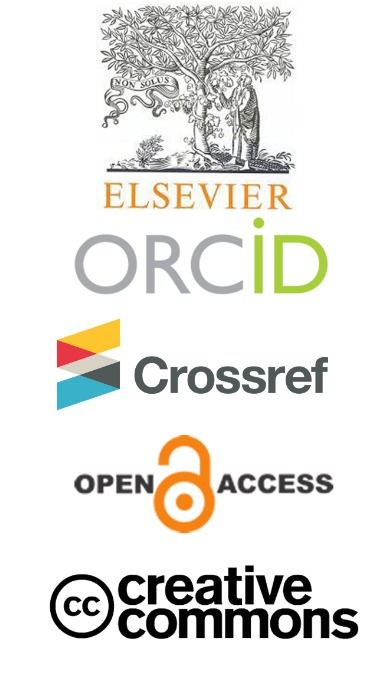The Use of Digital Technology in ELL Research: Current Trends, Agendas and Future Directions
Abstract
This systematic review gives a full summary of the evidence about how digital technology is used in English language learning (ELL) research right now. It looked at how this body of literature helped English Language Learners (ELL) with the help of digital technologies. I found 35 systematic reviews of the evidence, and 29 of them had some specific, relevant findings. Mobile-assisted language learning (MALL) was discussed in the majority of reviews (16.13%). The findings identified these nine trends: mobile learning, digital technologies for new skills, constructivism, online ELL classes, the use of ICT to facilitate informal learning, the decline of old technology, transformation into interactive multimedia learning environments, digital tools for communication networks, and social media writing. The results also revealed these three agendas: enhancing language skills, developing language learning, and assessing language learning. Finally, self-directed learning (online learning, open resources, and personal learning networks), constructivism, MALL, and the communication network (video conferencing, self-publishing, Twitter, and YouTube) will be the future directions for digitally enabled ELL, while research will shift to new assessments for new tools (self-assessment, e-portfolios, and viewpoints on the use of digital technology in ELL). This review contributes to our understanding of how digital technology is used in ELL research.



